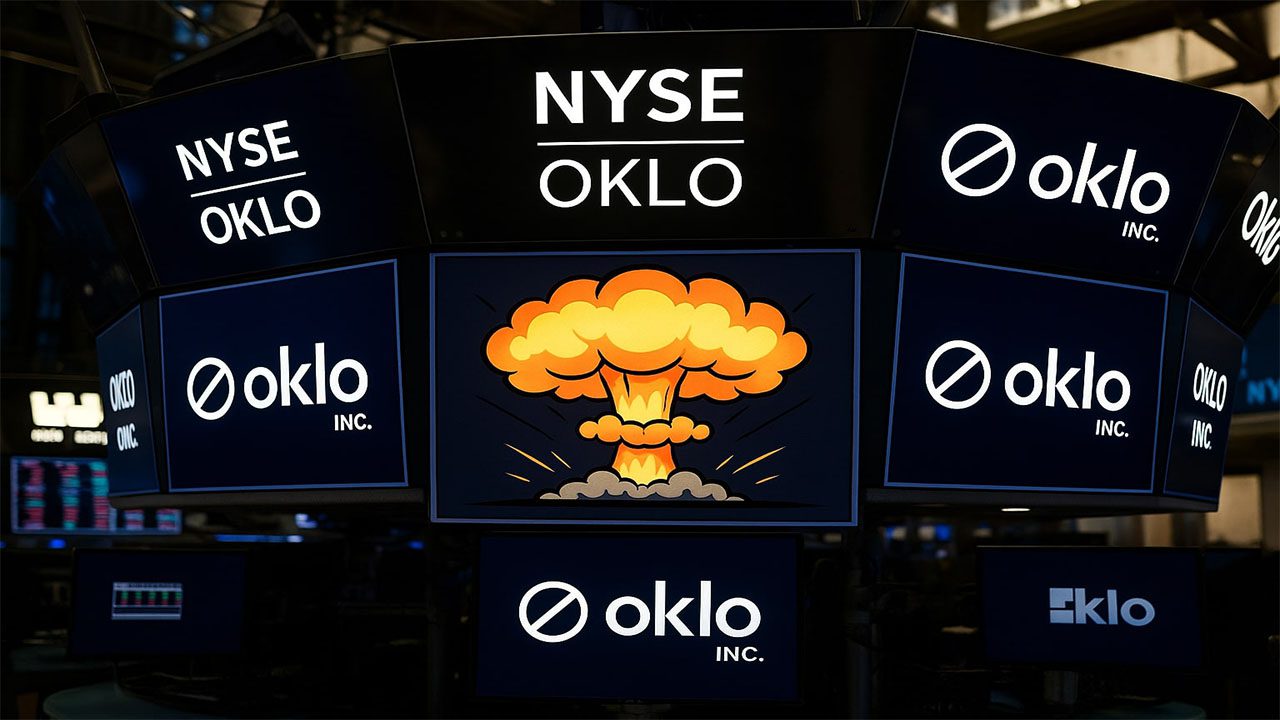Refinance Mortgage: Save Money in 2026 with Lower Rates Fast!
Looking to trim your costs and grow your financial freedom next year? Refinance Mortgage: Save Money in 2026 is your go-to guide for doing just that. Refinancing could mean lower monthly payments or paying off your loan faster — and that’s exactly what we’ll explore. The goal is simple: Refinance Mortgage: Save Money in 2026 should be more than just catchy wording — it should be the start of smarter money moves. Let’s make it happen.
Why Refinance Now?
The Current Rate Landscape
Interest rates as of mid-2025 remain attractive compared to some of the highs of recent years. If you locked in a mortgage before, especially during the 2022–24 spike, refinancing in 2026 could significantly reduce your interest payments.
Benefits You’ll Actually Feel
- Lower monthly payments
- Shorter payoff timelines
- Potential to switch from adjustable to fixed rate
- Access to cash-out refinance for debt consolidation or renovations
Real-world example:
Jane in Texas refinanced a 30-year mortgage from 4.5% to 3.25% in 2025—she now saves nearly $200 per month. Expect similar or better opportunities in 2026.
How to Refinance: Step-by-Step
- Check Your Credit Score (aim for 700+)
- Evaluate Your Current Loan Terms
- Shop Around Lenders — consider both banks and online lenders for quotes
- Compare APR, closing costs, and break-even point
- Submit Application and Documents
- Lock in Your Rate once approved
- Close and Start Saving
Quick comparison table:
| Step | What to Do | Why It Matters |
|---|---|---|
| 1 | Check credit score | Better rates for stronger credit |
| 3 | Get multiple quotes | Find the best deal |
| 4 | Calculate break-even | Ensures refinance savings exceed costs |
| 6 | Rate lock | Protects against market fluctuations |

What to Watch For
- Closing Costs: Typically 2–5% of loan amount. Make sure savings outweigh fees.
- Break-Even Timeline: If it takes 3 years to recoup costs but you plan to move in 2 years, maybe skip it.
- Loan Term Impact: Refinancing into another 30 years could cost more interest long-term.
- Prepayment Penalties: Rare these days, but check your current lender’s terms.
Tips to Maximize Savings
- Refinance to a shorter-term like 15 years if monthly budget allows — you’ll pay off your home faster and save thousands in interest.
- Use rate-buydown strategies — things like paying points upfront to lower your rate.
- Consider combining refinance with home improvements via FHA 203(k) for fixed-income homeowners.
- Best High-Yield Savings Accounts Today – Maximize Your Money
What is the current refinance mortgage rate today?
As of September 9, 2025, the average U.S. refinance rate for a 30-year fixed-rate mortgage sits around 6.71% APR, and a 15-year fixed-rate refinance APR is near 5.99%, according to Bankrate’s latest national data. Fortune reports a slightly lower average for a 30-year fixed: roughly 6.51%. Money.com places it at 6.499% for a similar loan type Money. Why the variation? It comes down to sampling methods, lender differences, and geographical spread. Bottom line: today’s refinance environment hovers in the mid-6% range for 30-year loans, and low-6% territory for 15-year terms—a bit pricier than the record lows, but still much better than the 8%+ spikes of late 2023.
How much does refinancing a mortgage cost?
Refinancing isn’t free—but neither is the potential payoff. Closing costs typically range from 2% to 6% of the new loan amount. For example, on a $200,000 refinance, that could be $4,000–$12,000 out of pocket. These expenses include things like appraisal, origination, title services, credit checks, and recording fees. Smart homeowners can shave those costs by shopping multiple lenders, negotiating fees, or even “rolling” them into the new loan if savings still outweigh the cost.
Refinance mortgage vs. mortgage refinance differences?
Good question—though in most everyday conversations, “refinance mortgage” and “mortgage refinance” are simply flipped versions of the same concept. Both mean replacing your existing mortgage with a new one, often featuring better terms—lower rate, shorter term, or cash withdrawal. Technically, “refinance mortgage” might be verb-focused (“to refinance mortgage”), while “mortgage refinance” is noun-focused (“I chose a mortgage refinance”). But for all SEO and practical purposes, they’re interchangeable—so feel free to mix the phrasing naturally for better keyword coverage!
Will I save money if I refinance my mortgage?
The golden answer is: it depends—but chances are good if you meet the right criteria. Let’s break it down:
- If your current rate is more than 0.75% higher than today’s rates, you’re likely to save—often breaking even in under three years.
- A smaller reduction of 0.5% might take around 3.1 years to break even, so it’s right on the border of being worthwhile.
- Put simply: if you plan to stay in your home longer than your break-even period—and your monthly payment drops—it’s a winner.
- Example: If you refinance from 7% to 6.5% on a $400,000 loan, you may save around $120 per month, adding up to pretty solid annual savings.
- Profitable Online Side Hustles 2025 – Best Side Jobs for Extra Cash

Best refinance mortgage companies in the USA
“Best” often depends on what you value most—lowest rates, speed, customer service, etc. Major players consistently recommended include Bank of America, Rocket Mortgage (Quicken Loans), Wells Fargo, and Navy Federal Credit Union (for members). Navy Federal sometimes offers notably low-rate VA refinances—for example, a 30-year fixed VA refinance at 5.375% interest (5.765% APR) on a $300,000 loan. Always compare multiple lenders’ Loan Estimates (which by law must be issued within three days and show clear fee breakdowns).
How to calculate break-even point on refinance
Here’s a crisp formula you can use:
Break-even period (months) = Total closing costs ÷ Monthly savings
So if your closing costs are $6,000 and you save $150/month, that’s:
$6,000 ÷ $150 = 40 months (about 3.3 years)
Refinance only works if you expect to stay in the home longer than that period. As noted by experts, a 0.75% rate drop brings you to break-even in under three years; a 0.5% drop takes just over three.
Refinance mortgage with low credit score 2026
Refinancing with a low credit score—say in the mid-600s—is still possible, although you’ll likely face higher interest rates and stricter terms. FHA and VA streamline refinance programs may be viable, offering lower barriers to entry but sometimes higher costs. Your best bet: improve your credit first (pay down debts, fix errors), shop lenders, or consider government-backed programs tailored to lower credit situations.
How long does mortgage refinance take?
The timeline can stretch from 30 to 45 days, depending on lender efficiency and documentation readiness. After you apply, you’ll receive a Loan Estimate within three days (per TRID rules). Then come appraisal, underwriting, closing disclosures, and closing day itself. Some streamlined or streamlined-to-streamline loans (like VA refinances) can be faster; others—especially cash-out ones—may take longer.

Pros and Cons of Refinancing a Mortgage
| Pros | Cons |
|---|---|
| Lower monthly payments if you secure a lower interest rate | Closing costs can be high (2–6% of loan amount) |
| Ability to switch from adjustable-rate to fixed-rate mortgage for stability | Break-even period may take several years |
| Option to shorten loan term (e.g., 30 → 15 years) and save thousands in interest | Higher monthly payment if you move to shorter loan terms |
| Cash-out refinance allows access to home equity for renovations or debt consolidation | Increases your loan balance and risk if home values fall |
| Potential to remove private mortgage insurance (PMI) if equity is high enough | Refinancing resets the mortgage clock, extending repayment |
| Take advantage of falling interest rates | Not worth it if you plan to sell or move soon |
| Can consolidate high-interest debt into lower-rate mortgage debt | Lower credit scores may mean higher refinance rates |
| May improve household cash flow and financial flexibility | Appraisals, underwriting, and paperwork can delay closing |
typical fees—but weigh the interest and long-term cost carefully.
When should you not refinance your mortgage?
Refinancing can backfire if:
- You’t only shave 0.25% off your rate—it might not be worth the cost.
- You plan to move soon—if your break-even is three years but you move in two, you’ll lose money.
- You’re near the end of your mortgage term—most remaining payments go to principal, so savings shrink.
- Rate volatility is high—sometimes waiting a bit longer could deliver even better savings (especially if Federal Reserve cuts rates) Investopedia.
In Summary
- Current rates: ~6.5–6.7% for 30-year refinance, ~6.0% for 15-year.
- Costs: Expect 2–6% of loan amount in closing costs.
- Savings: Best if you can get at least a 0.75% rate drop and stay beyond break-even.
- Low credit: Not impossible; FHA/VA options exist—but expect tighter terms.
- Timeline: Usually 30–45 days.
- Cash-out: Great for flexibility; watch out for higher cost and debt.
- Skip it if: Your rate drop is tiny, you’re moving soon, or your mortgage is nearly paid off.
Refinancing is a powerful tool when used smartly. Crunch the numbers, compare offers, and always check your break-even.













4 thoughts on “Refinance Mortgage: Save Money in 2026 with Lower Rates Fast!”